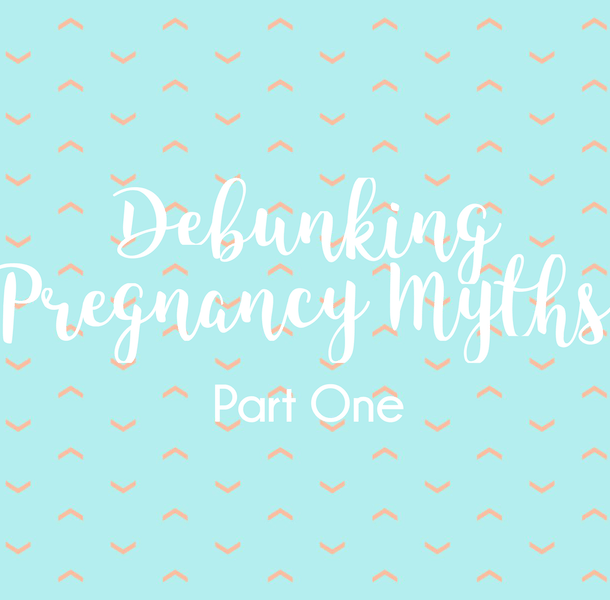

There are SO MANY technical terms and words in the fertility world, and I often have couples come into my office who are overwhelmed by what they all mean. Assisted Reproductive Technology (ART) is a whole world unto itself, and I figured it was time to dig in and create a new blog series for you guys: Understanding Fertility Buzzwords. Over the next 6 weeks, we’re going to dive deep into ART and I’m going to introduce you to, and educate you on, the following topics:
Understanding Fertility Buzzwords : Intrauterine Insemination (IUI)
Understanding Fertility Buzzwords : In Vitro Fertilization (IVF)
Understanding Fertility Buzzwords : Surrogacy
Understanding Fertility Buzzwords : Most commonly used drugs in Assisted Reproductive Technology (ART)
Understanding Fertility Buzzwords : Risks of Assisted Reproductive Technology (ART)
Understanding Fertility Buzzwords : Preparing for Assisted Reproductive Technology (ART)
Today we’re going to cover all things Intrauterine Insemination (IUI)!
Curious About Your Fertility? Do This!
Intrauterine insemination (IUI) is a fertility treatment that involves placing sperm inside a woman’s uterus to facilitate fertilization. Essentially, sperm that have been washed and concentrated are placed directly in your uterus around the time your ovary releases one or more eggs to be fertilized.
The goal of IUI is to increase the number of sperm that reach the fallopian tubes and subsequently increase the chance of fertilization. While IUI does provide the sperm an advantage by giving it a head start, the sperm is on its own to actually reach and fertilize the egg. It is a less invasive and less expensive option compared to In Vitro Fertilization (IVF).
IUI is commonly used for unexplained infertility. IUI is often performed as a first treatment for unexplained infertility along with ovulation-inducing medications.
It it also commonly used in the following cases:
Donor sperm. For women who need to use donor sperm to get pregnant, IUI is most commonly used to achieve pregnancy. Frozen donor sperm specimens are obtained from certified labs and thawed before the IUI procedure.
Endometriosis-related infertility. For infertility related to endometriosis, using medications to obtain a good quality egg along with performing IUI is often the first treatment approach.
Mild male factor infertility. Your partner’s semen analysis, one of the first steps in the medical assessment of infertility, may show below-average sperm concentration, weak movement (motility) of sperm, or abnormalities in sperm size and shape (morphology). IUI can overcome some of these problems because preparing sperm for the procedure helps separate highly motile, normal sperm from those of lower quality. For more information on what factors affect male fertility, please see this blog post.
Cervical factor infertility. Your cervix, at the lower end of the uterus, provides the opening between your vagina and uterus. Mucus produced by the cervix around the time of ovulation provides an ideal environment for sperm to travel from your vagina to the fallopian tubes. But, if your cervical mucus is too thick, or too scanty, it may impede the sperm’s journey. IUI bypasses the cervix, depositing sperm directly into your uterus and increasing the number of sperm available to meet the awaiting egg.
Semen allergy. Rarely, a woman may have an allergy to proteins in her partner’s semen. Ejaculation into the vagina causes redness, burning and swelling where the semen contacts the skin. A condom can protect you from the symptoms, but it also prevents pregnancy. If your sensitivity is severe, IUI can be an effective option since many of the semen proteins are removed before the sperm is inserted.
Curious About Your Fertility? Do This!
Fortunately, it’s relatively quick and easy. It’s generally performed in the doctor’s office, without any anesthesia or discomfort. It’s not that dissimilar from going for your regular Pap smear …
Before intrauterine insemination, ovulation stimulating medications may be used, in which case careful monitoring will be necessary to determine when the eggs are mature. The IUI procedure will then be performed around the time of ovulation, typically about 24-36 hours after the surge in LH hormone that indicates ovulation will occur soon.
Once you get to the doctor’s office, you’ll put your legs into stirrups and a speculum will be inserted into your vagina. During the procedure, the doctor or nurse attaches a vial containing a sample of healthy sperm to the end of a long, thin, flexible tube (called a catheter). The catheter is inserted into your vagina through your cervical opening and into your uterus. They push the (washed) semen sample in through the tube, and then remove the tube, catheter, and speculum. It’s as easy as that! You may be asked to lay down for a few moments after the procedure, but then you are encouraged to go on about your day!
The next step? Watch for signs and symptoms of pregnancy ;).
Success rates are largely dependent on why you’ve been recommended IUI as an option, and what medications you are taking in conjunction with IUI. As with most fertility procedures, IUI success is higher for younger women (under 35 years old). The chances of pregnancy based on age, after one IUI cycle, are as follows:
Under 35: 10 – 20% chance of pregnancy
Between 35-40: 10% chance of pregnancy
Over 40: 2-5% chance of pregnancy
Your chances of conceiving with IUI can definitely be increased by looking closely at your diet, lifestyle, environment, stress levels, nutrients, etc. That’s where I come in! You’re inherently designed to conceive the baby you’ve always dreamed of but you need a plan of action that WORKS. There may be things in your diet and lifestyle that are blocking your natural fertility, inhibiting your hormonal function, and preventing you from getting pregnant, even with the use of Assisted Reproductive Technology. Read more about how I help clients prepare for an IUI, or schedule an Initial Fertility Assessment to work with me directly.
The Fertility Code is the best-kept secret of women who want to take the guesswork out of conceiving, and give themselves every possible chance of getting pregnant quickly and naturally.
Bringing together evidence-based information, science-backed protocols and nurturing practices, this course is your one-stop-shop for getting your body, mind and soul prepared for conception.
This essential fertility course is for anyone who is struggling to get pregnant, or thinking about getting pregnant soon. The course covers allllll the fertility topics: egg quality, ovarian reserve, miscarriage, ovulation, cycle tracking, low progesterone, IVF, prepping for egg retrieval + embryo transfer, thyroid health, toxins, and much more. It covers EVERYTHING you need to know and you can move through the modules at your own pace.
The Fertility Code will give you the tools, protocols, tests, supplements, and more to optimize your fertility health, nourish your body, and give it what it needs to make a baby, and ensure a healthy full-term pregnancy. It has helped hundreds of women get pregnant, and stay pregnant, and it can help you too.
And if you want to get a baseline of your fertility health before getting started, take my quiz! After you complete it, you’ll receive a detailed report from me explaining your results. Or, if you want to have a more in-depth conversation about your specific concerns, feel free to schedule a consultation. I can’t wait to chat!
Sarah Jane Sandy is a certified nutrition therapist, and a fertility and women’s health expert. She has helped hundreds of women increase their fertility naturally and go on to have healthy full-term pregnancies. Learn more about her own fertility journey here. To send Sarah a message, complete her Contact Form.

Curious about your fertility health? Take this simple quiz to find out what factors may be harming your fertility, and learn what you can do about it!